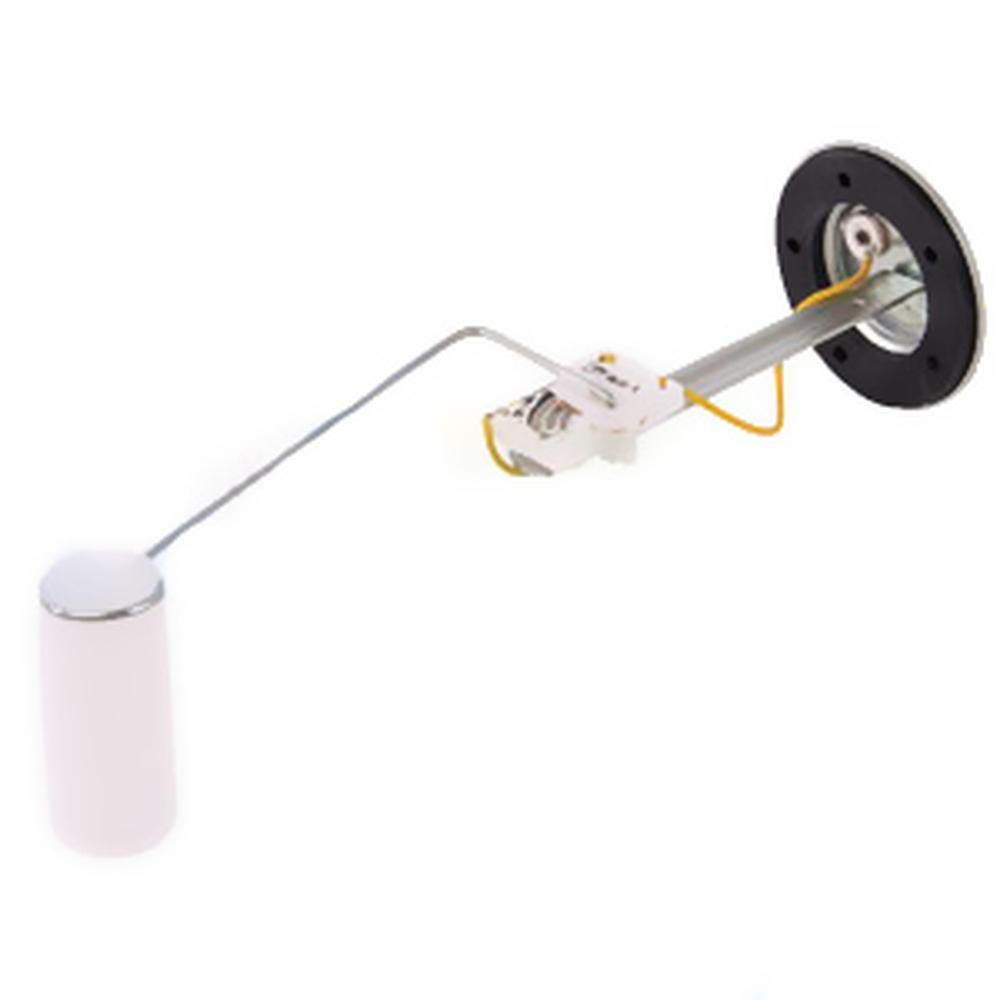Fuel Sending Unit

In the intricate dance of automotive mechanics, there exists a humble yet indispensable component that quietly ensures your vehicle keeps running smoothly: the fuel sending unit. Often overshadowed by more conspicuous parts under the hood, this unassuming device plays a pivotal role in providing you with accurate fuel level readings, ensuring you never get stranded on the road due to an empty tank. Let’s delve deeper into this essential part of your vehicle’s fuel system.
Table of Contents
ToggleWhat is a Fuel Sending Unit
A fuel sending unit is a component located inside the fuel tank of a vehicle, typically integrated with the fuel pump assembly. Its primary function is to measure the level of fuel present in the tank and send this information to the fuel gauge on the dashboard. This allows drivers to monitor their fuel levels and plan refueling stops accordingly.
How Does It Work
The fuel sending unit operates through a combination of mechanical and electrical processes. Inside the fuel tank, a float connected to a variable resistor moves up and down with the fuel level. As the float rises or falls, the resistance changes accordingly. This change in resistance is then translated into an electrical signal that is sent to the fuel gauge. The gauge interprets this signal and displays the fuel level to the driver.
Importance of Accuracy
Accurate fuel level readings are crucial for several reasons. They allow drivers to plan their journeys effectively, ensuring they do not run out of fuel unexpectedly. Moreover, they contribute to overall vehicle efficiency by preventing overfilling or running the tank too low, which can lead to damage to the fuel system. Reliable fuel level information also helps diagnose potential issues such as fuel leaks or malfunctioning components within the system.
Common Issues and Maintenance
Like any automotive component, fuel sending units are susceptible to wear and tear over time. One of the most common issues is a malfunctioning float, which can become stuck or develop leaks, leading to inaccurate readings. Corrosion or damage to the electrical connections can also disrupt the signal transmission, resulting in erratic gauge behavior.
Regular maintenance and inspection can help mitigate these issues. Replacing the fuel sending unit as part of routine servicing intervals, especially in older vehicles, can prevent unexpected failures and ensure consistent performance. Additionally, keeping the fuel tank clean and free from debris can prolong the lifespan of the unit and prevent premature wear.
Evolution of Fuel Sending Technology
Advancements in automotive technology have led to improvements in fuel sending units as well. Modern vehicles may utilize electronic sensors instead of mechanical floats, offering greater accuracy and reliability. Some systems even incorporate multiple sensors to provide more precise readings and additional functionalities, such as estimating remaining driving range based on current fuel levels and consumption rates.
Conclusion
While often overlooked, the fuel sending unit is a critical component of your vehicle’s fuel system, enabling you to monitor fuel levels accurately and drive with confidence. Understanding its function and importance can help you appreciate the intricacies of automotive engineering and make informed decisions regarding maintenance and repairs. So, the next time you glance at your fuel gauge, remember the unsung hero working silently in the depths of your fuel tank, ensuring you stay on the road without a hitch.





